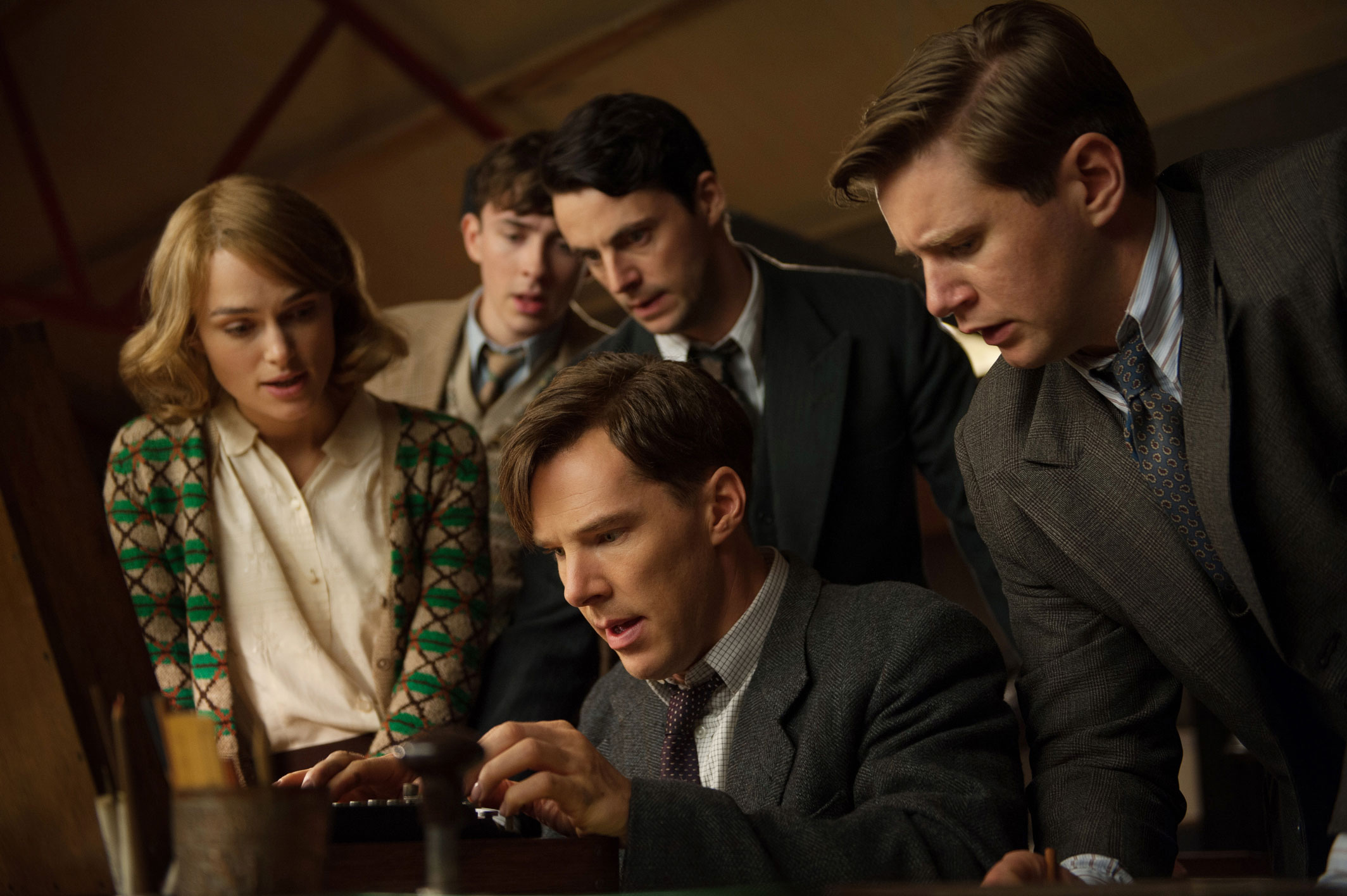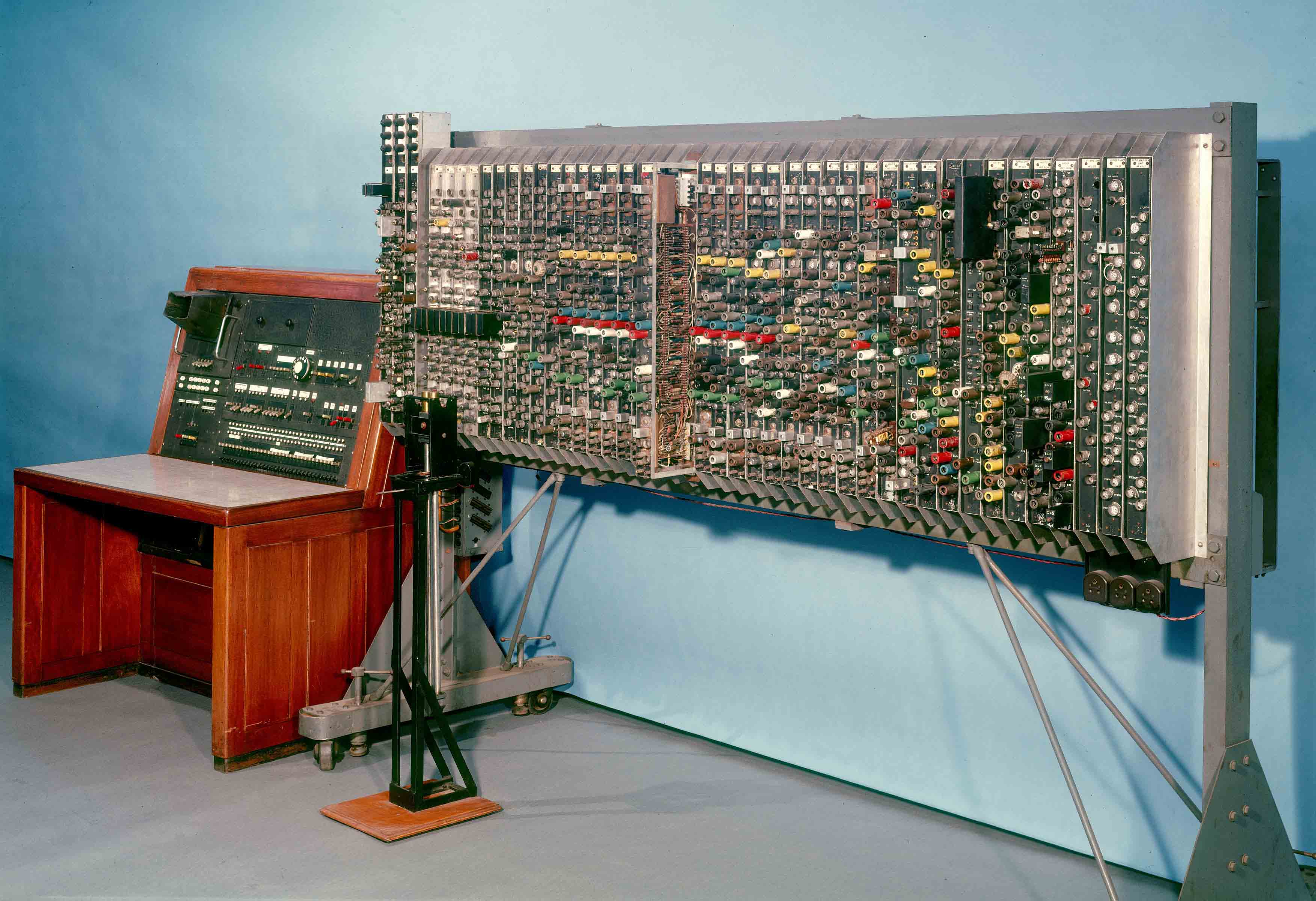Roger Highfield, Director of External Affairs, reflects on Benedict Cumberbatch’s visit to the Science Museum to prepare for his role as Alan Turing in The Imitation Game. Book tickets for a special preview screening at the Science Museum’s IMAX next week.
If you had been at the Science Museum one evening in September last year, you would have encountered Benedict Cumberbatch, adorned in a flat cap, wandering around our critically-acclaimed exhibition about Alan Turing, the brilliant mathematician, logician, cryptanalyst and philosopher.

The Science Museum’s Codebreaker exhibition, which was awarded a prestigious prize by the British Society for the History of Science, has since closed, but its influence lives on in Cumberbatch’s portrayal of Alan Turing in the movie The Imitation Game, which he filmed in the weeks that followed his visit to the Museum.
You can see an exclusive preview of The Imitation Game in the Science Museum’s IMAX cinema plus a pre-screening talk from director Morten Tyldum, on Wednesday November 12.
One of Britain’s most extraordinary heroes, Alan Turing is credited with cracking the German Enigma code, significantly shortening the war and saving many thousands of lives.
Convicted for an outdated criminal offence, though posthumously pardoned, Turing fell victim to an unenlightened British Establishment but his work and legacy live on in the worlds of mathematics and computing.
Curator David Rooney took the star of Star Trek Into Darkness, Sherlock and more around the exhibition (see a Twitter tour of the exhibition here), which traced the influences over Turing’s lifetime from the death in 1930 of the love of his life, Christopher Morcom, to the use of his Pilot ACE computer by crystallographer Dorothy Hodgkin to crack the atomic structure of vitamin B12, to Turing’s final research on pattern formation in biology.
You can see the Pilot ACE in our new Information Age gallery, which was opened last month by Her Majesty The Queen, which looks at how communications technology has transformed our lives over the past two centuries. There are also many related objects on our website.

Among the exhibits in Codebreaker were a cybernetic tortoise that had inspired Turing during a 1951 visit to the Science Museum, and a bottle of the female sex hormone oestrogen: after his conviction Turing had been subject to ‘chemical castration’ to neutralise his libido.
Perhaps the most poignant item on display was a copy of the pathologist’s post-mortem report, detailing the circumstances of his death at his home on 7 June 1954, in Wilmslow, Cheshire.
The autopsy had revealed that his stomach contained four ounces of fluid that smelt of bitter almonds: a cyanide salt. Turing’s death was not accidental: there was enough poison to fill a wine glass.